Sylhet, Nov 07 (V7N) — Bangladesh’s natural gas reserves are depleting at an alarming rate, forcing the country to rely heavily on expensive spot-market imports of liquefied natural gas (LNG) to sustain its industries and power plants.
Experts warn that unless new gas fields are discovered and production begins from untapped reserves, domestic gas supplies could run out within the next eight years.
According to Petrobangla, out of the total 29.74 trillion cubic feet (Tcf) of recoverable gas discovered so far, about 21.08 Tcf has already been extracted, leaving only 8.66 Tcf as of June 2024. Daily gas production from local fields has fallen to around 1,800 million cubic feet per day (mmcfd), down one-third from 2,700 mmcfd in 2017.
AKM Mizanur Rahman, Director (Finance) at Petrobangla, said, “Domestic production is declining while demand across all sectors continues to rise. Increasing LNG imports is now our only option to meet this growing shortfall.”
Petrobangla data show Bangladesh currently has 29 gas fields, of which 20 are in production. Four fields — Bhola’s Ilisha and Bhola North, Sylhet’s Zakiganj, and Kutubdia — have been discovered but remain unused due to a lack of infrastructure. Five other fields with 661 billion cubic feet (bcf) of gas have been abandoned over time because extraction is not commercially viable.
As of July 2024, the Titas field in Brahmanbaria holds around 2 Tcf of gas, while the Bibiyana field in Habiganj contains 1.66 Tcf. Smaller reserves exist in Moulvibazar, Jalalabad, and other fields in Sylhet, Bakhrabad, Kailashtila, and Rashidpur.
LNG imports have reached record levels in 2025. Between January and August, the state-owned Rupantarita Prakritik Gas Company Limited (RPGCL) imported 35 LNG cargoes from the spot market, compared with 21 during the same period last year. In August alone, the company purchased 3,427 mmcf of LNG — 57% higher than a year earlier.
Under long-term contracts, Petrobangla is allowed to import 56 cargoes annually, but this year, the remaining 52 of the planned 108 shipments must be sourced from the costly spot market. For fiscal year 2025–26, Petrobangla expects to import 115 cargoes at a cost of nearly Tk 580 billion.
Rising import dependence has increased the government’s subsidy burden. To bridge the gap between high import costs and lower domestic prices, Tk 89 billion was allocated for gas subsidies in FY2024–25, up from Tk 60 billion the previous year.
Experts say declining pressure in major gas fields like Titas, Bibiyana, and Rashidpur, along with delays in exploration and well development, are the main causes of reduced production.
Despite the growing LNG imports, total gas supply fell to 2,526 mmcfd in FY2024–25, down from 2,715 mmcfd the previous year. Locally produced gas costs about Tk 3 per cubic meter, while imported LNG costs around Tk 55. Petrobangla estimates the blended average cost at Tk 19.09, compared with a weighted average selling price of Tk 11.91 — meaning a subsidy of Tk 7.18 per cubic meter is required.
Bangladesh’s gas exploration activities have slowed significantly. Of 29 identified fields, only 20 remain active. The last major assessment in 2010 estimated total recoverable gas at 28.79 Tcf. Infrastructure bottlenecks and limited financing have delayed development of untapped fields like Ilisha, Bhola North, Zakiganj, and Kutubdia.
The interim government has announced plans to drill 100 new wells, including 31 workovers, which could add about 650 mmcfd to the national grid.
Petrobangla’s finance director Mizanur Rahman said, “Most contracts for the new wells have been signed. Some workover wells will soon begin production, adding nearly 100 mmcfd of gas in the coming months.”
END/RIS/SMA/



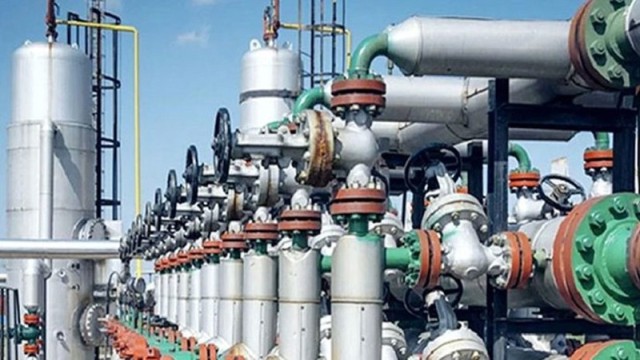



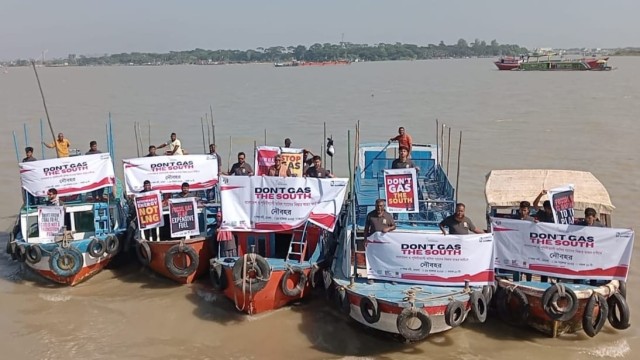
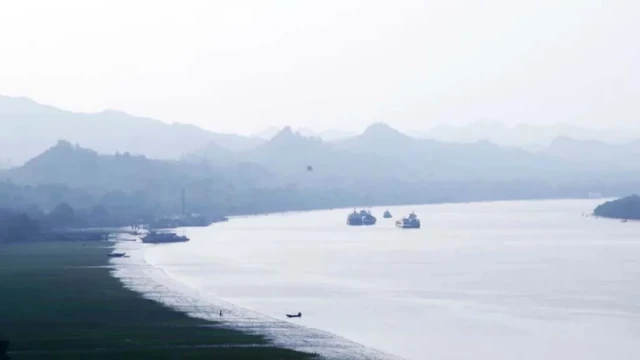
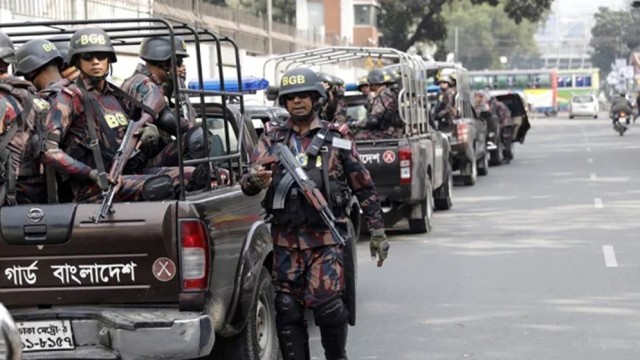
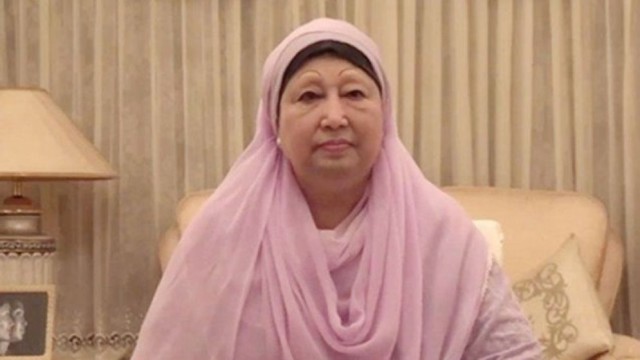

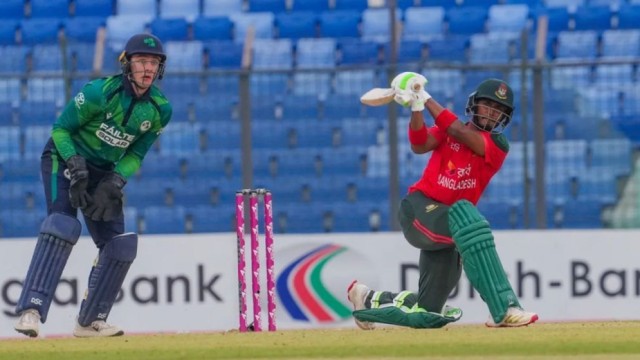
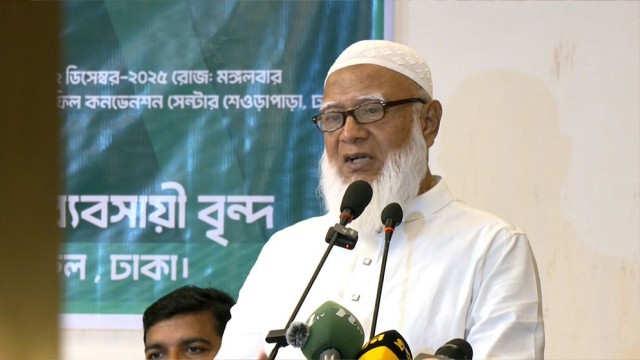
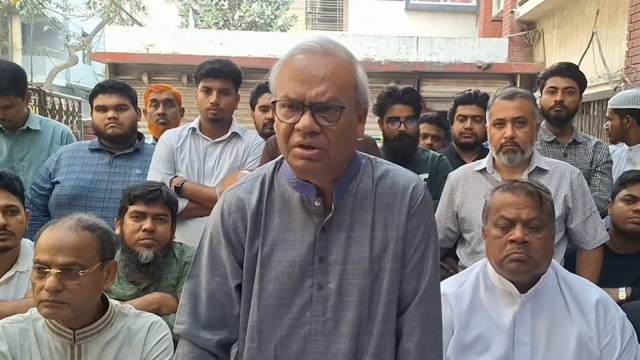
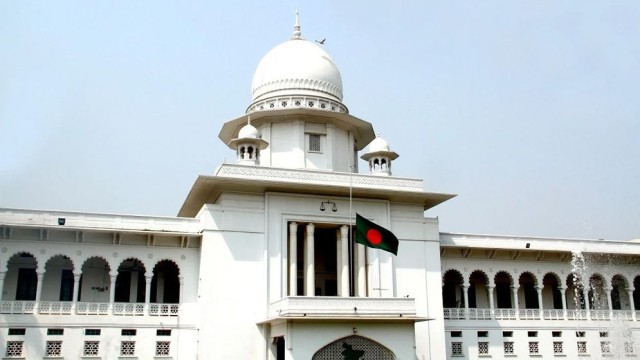
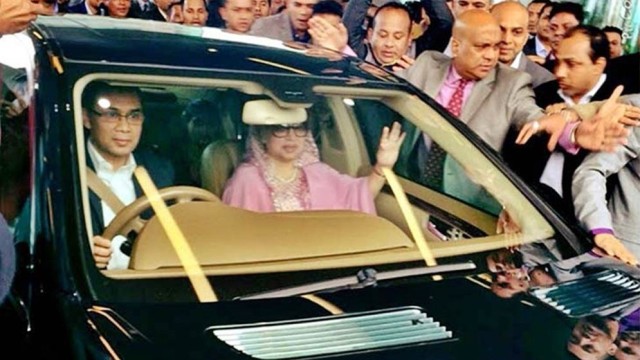

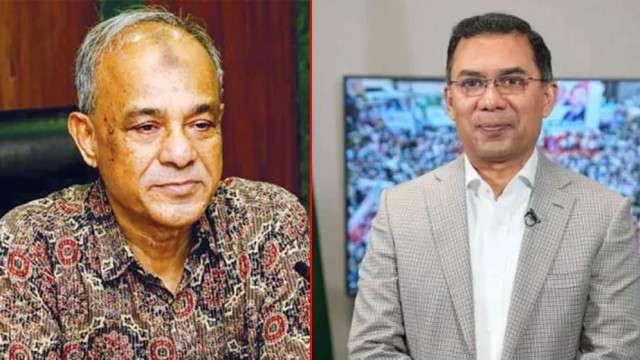



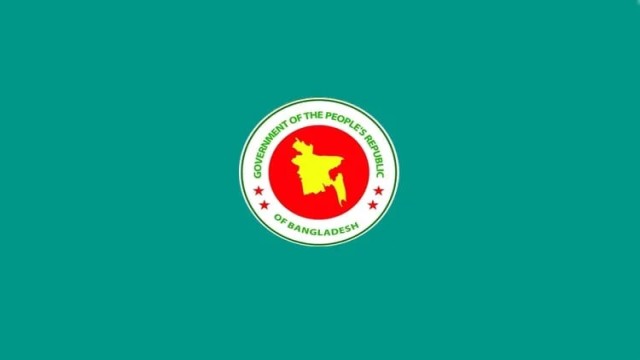



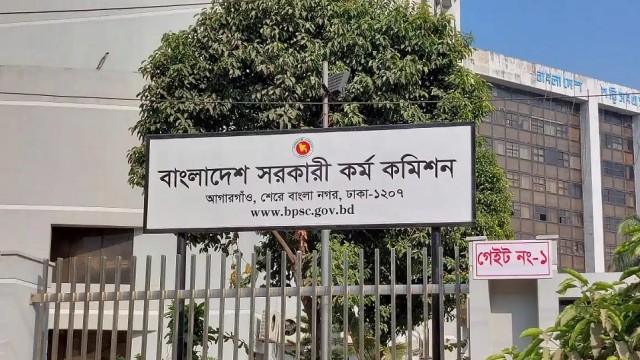
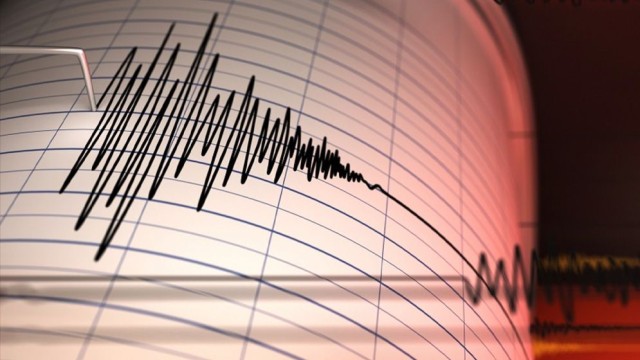
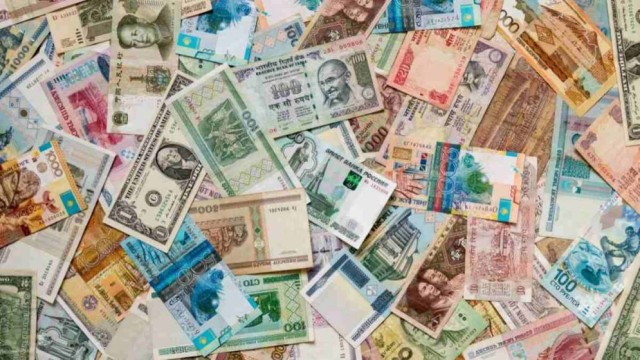
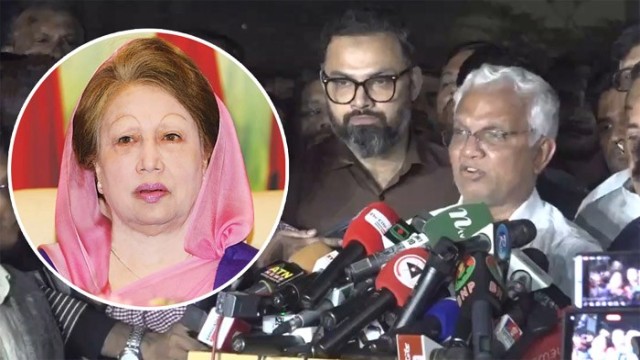

Comment: